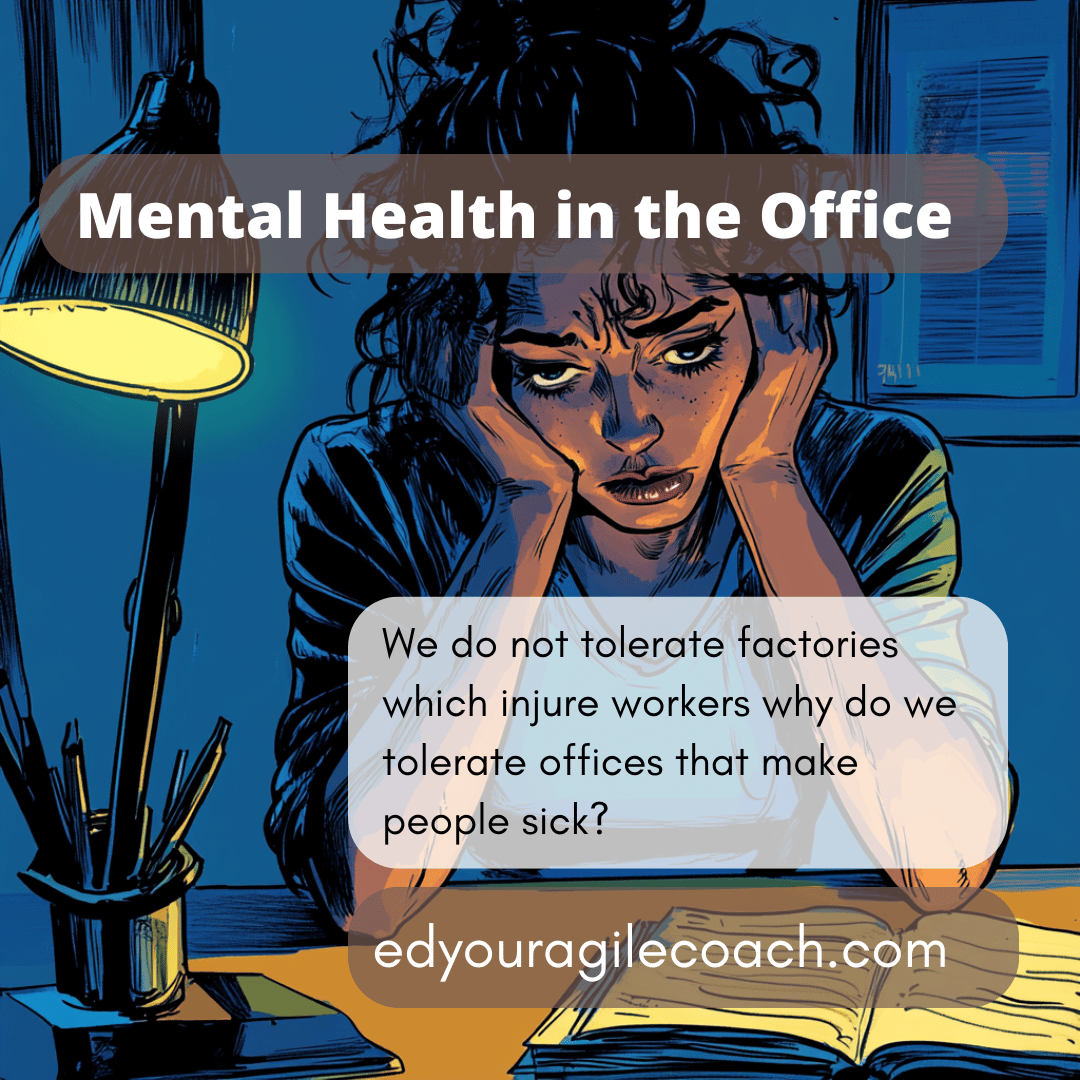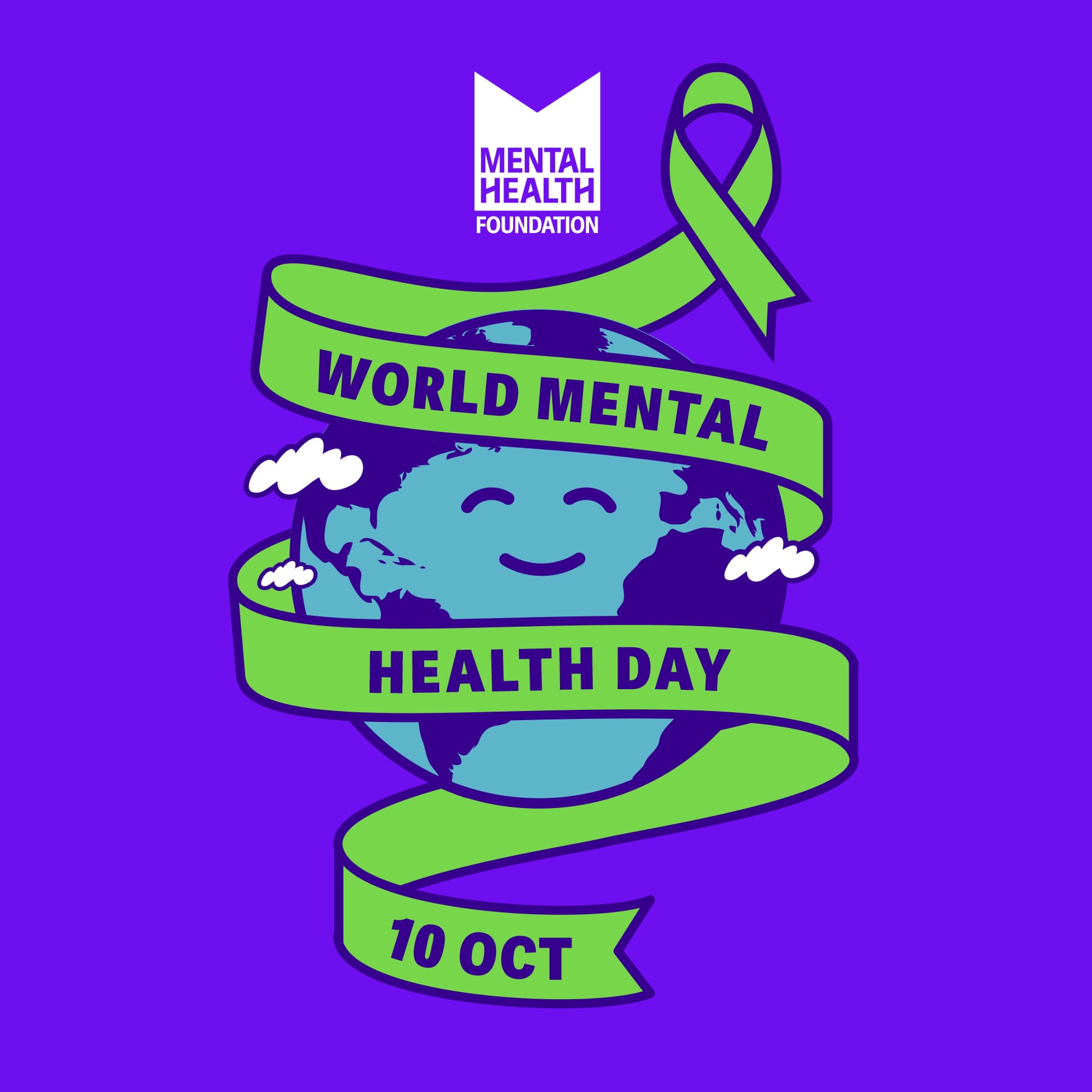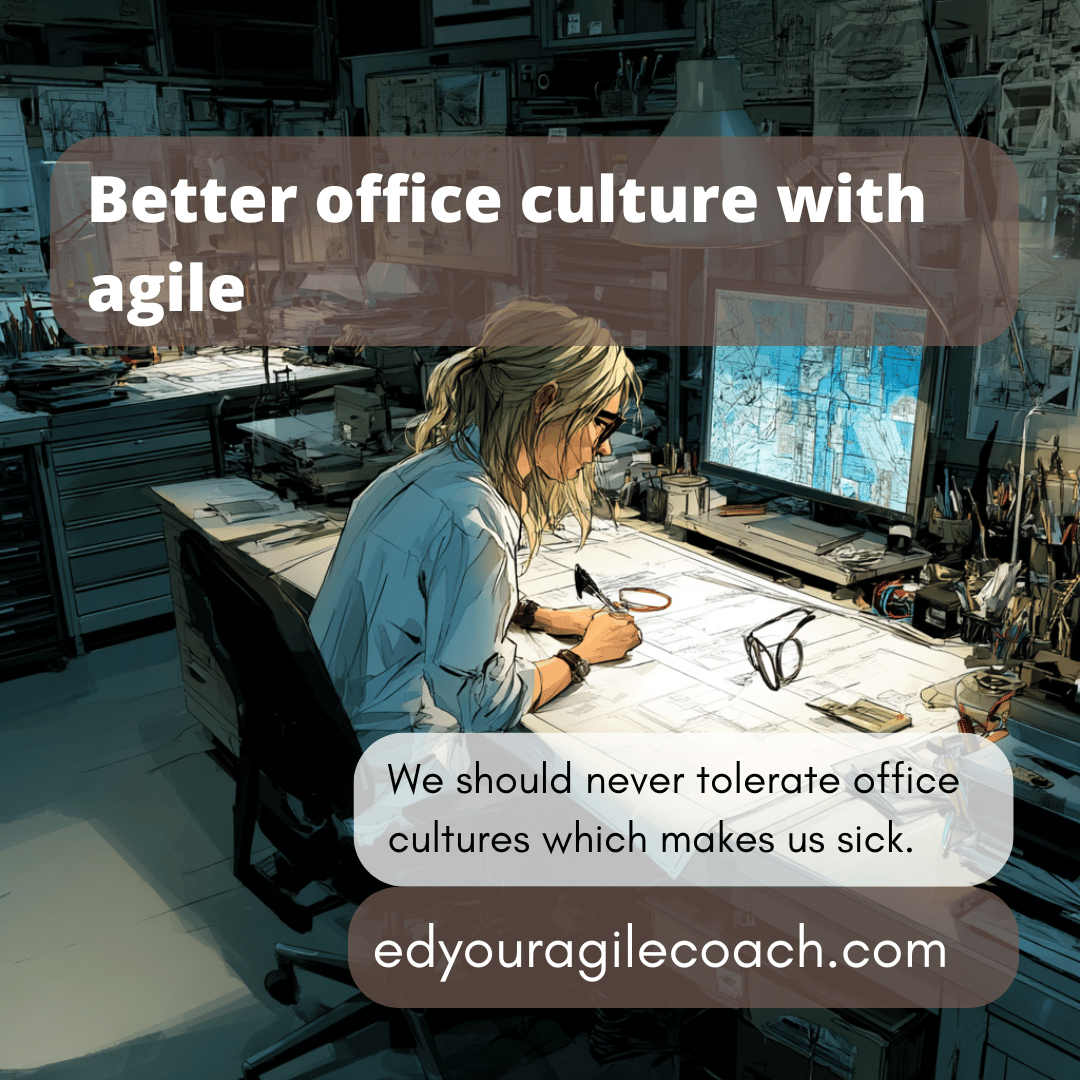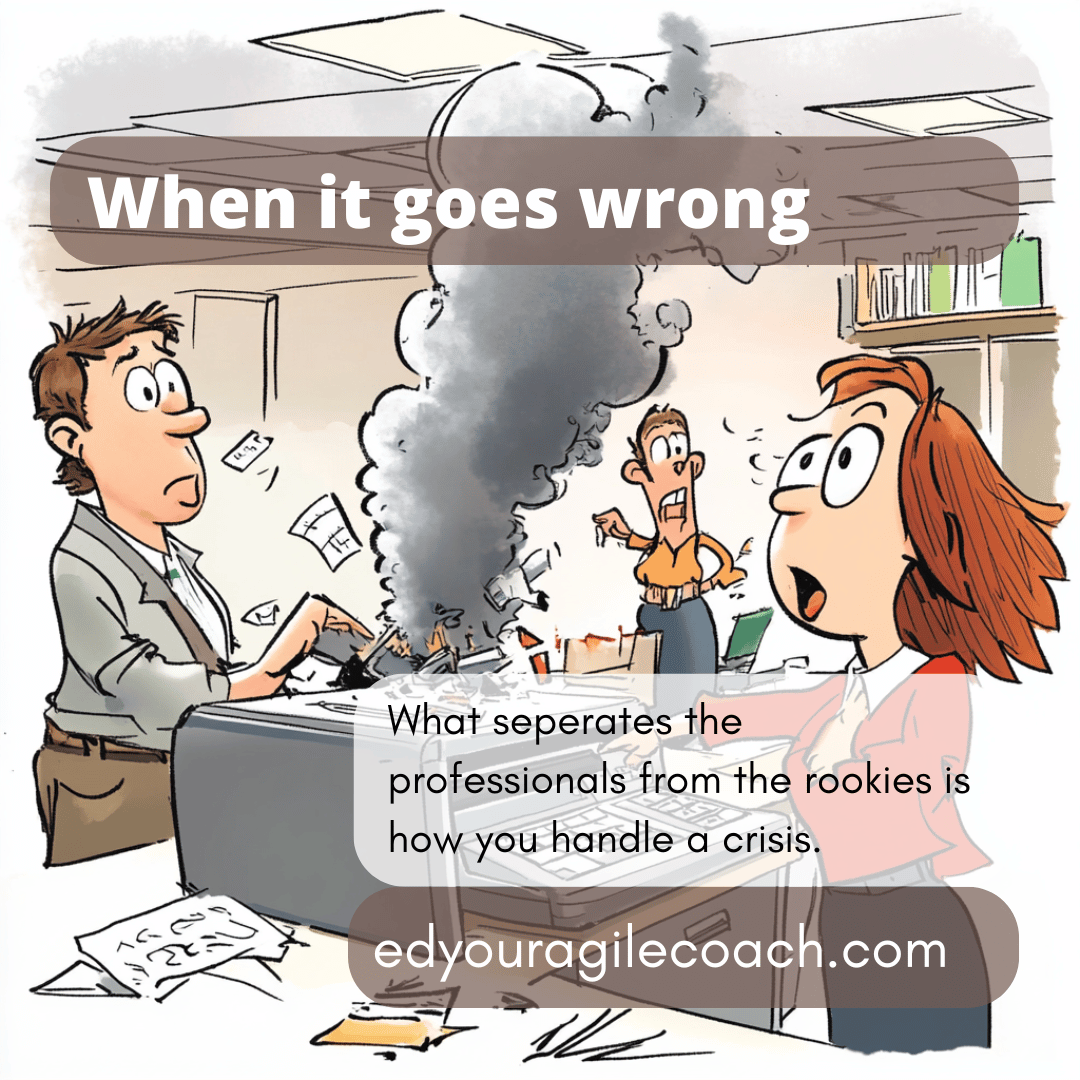Safer office environments during World Mental Health Day.

The world of work is a challenging place. Working in the global economy requires toughness, intelligence, and a bit of luck. 2024 is rougher than many years because the technology profession and management consulting have suffered a wave of layoffs, and business leaders are looking for ways to squeeze as much profit out of their organizations as possible. This makes the age-old conflict between workers and management more intense and less healthy. Today, we should discuss this tension and recognize its relationship to World Mental Health Day.

Thursday, October 10th, was World Mental Health Day, which passed quietly with a few mentions in social media feeds and a brief blurb on BBC World News. The hectic and often unforgiving business world does not help when profit and deadline pressure usually aggravate destructive behaviors. As far back as 2017, I have pointed out that white-collar environments must better create healthier workplace situations. Unfortunately, cultural change in the business world is complex, particularly with business news media, which is becoming indistinguishable from cable sports programming or talk radio.
Rise of the Celebrity CEO –
Lee Iacocca helped create the Mustang and usher in the era of muscle cars in the 1960s, but he became national consciousness when he took over as the CEO of the struggling car company Chrysler in 1979. The automotive industry in the United States was a mess when Iacocca took over. Rising gas prices increased competition from foreign manufacturers, mainly from Japan. Labor unrest was crippling the industry with wildcat strikes and open fighting between workers and plant managers. Finally, quality and value suffered as business leaders ignored consumer demands and sold inefficient, unsafe cars.
Iacocca represents a change. He was telegenic and could work with Unions, the Government, and his corporate bureaucracy to make change. Iacocca obtained loans from the U.S. Treasury to save the company, which he repaid with interest. He pioneered new cars with higher quality, and he was in every commercial promoting the company product, saying if customers could find a better car, they should buy it. He was not a saint by any means, but he helped save Chrysler with the help of labor peace, strategic plant closings, better products, and government loans. Iacocca retired in 1992, leaving Chrysler a smaller but more efficient company. The media hailed him as a capitalist hero for saving the automaker.
Other business leaders watched Iacocca jealously and emulated his style with various levels of success. Steve Jobs created a cult of personality around himself and the Apple computer. Jack Weltch used acquisitions, accounting tricks, and tryany to grow General Electric into a colossus that collapsed. Finally, Bill Gates leveraged his relationship with IBM to create Microsoft and its desktop Monopoly. It was no longer enough to run a company successfully. Now, you must be a media celebrity and become a cultural figure. Future leaders like Peter Thiel, Elon Musk, Carly Fiorina, and Sam Bankman-Fried would pay attention and emulate these giants.
When Ambition and Reality Collide –
Soon, business people selected media-savvy and colorful individuals for leadership roles. This new cohort of leaders were ambitious high performers. Still, according to the Harvard Business Review, many of them also exhibited traits of psychopathy and were more interested in personal advancement than in helping a business grow or people develop. Simon Sinek points out that people like this are destructive to organizations because they undermine trust and the ability of people to do their jobs. I worked with people like this, and I can attest personally the only thing they excelled at was making their subordinates feel miserable. Unfortunately, giving authority to people who are untrustworthy, selfish, and cruel meant that the workplace became more dysfunctional, and the unwritten rules of work changed to reflect this new reality.
People were no longer colleagues but resources to be used up and thrown away when they were no longer helpful. Employees were expected to show a strange kind of one-sided loyalty, which was rewarded with insecurity and abuse. This was acceptable when profits were up and the shareholders were happy. Still, it perpetuated a cycle of exploitation in many organizations—the dynamic created fractures in the lives of those doing the work. Families crumbled from career demands, employees self-medicated with alcohol, prescription drugs, and more potent stuff. Finally, employees fought back with quiet quitting and open hostility. Work was making people sick.
Now What?
Just like we would not tolerate work environments that deliberately harm manufacturing workers, we should ask some difficult questions about office environments. What is the use and abuse of alcohol, tobacco, and narcotics by employees? Are high performers bullying people? Is employee retention working, or is it a tool to keep costs down?
Work will never become a utopia, but at the very least, we should not expect employees to put up with abuse, gaslighting, and double standards for behavior. Work should provide a living wage, dignity, and meaning. From the lowest janitor cleaning backrooms in the office to the Executive Vice President, people should be able to thrive at work rather than suffer in silence.
It is why we need to look hard at ourselves on this World Mental Health Day and see if the work environments we create are healthy or harmful. Depressed people out of their barking minds is terrible for business, and the sooner business leaders understand that the sooner we can make work more sustainable, satisfying, and sane.
Until next time.
The importance of trust.
What authentic leadership looks like.




Comments ()